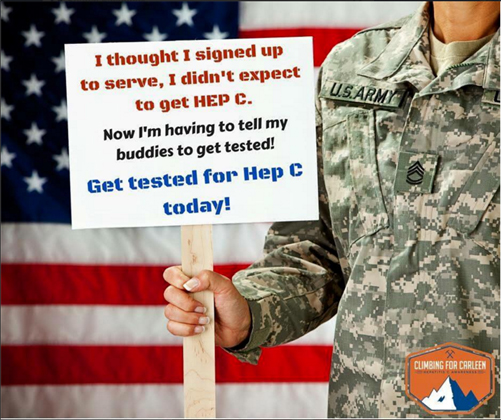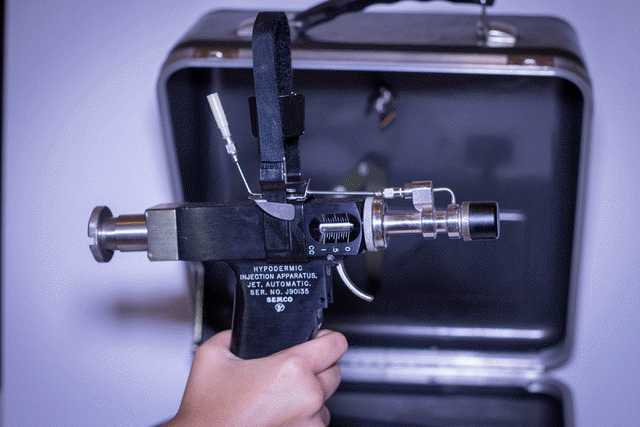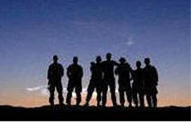|
|
||||||||||||||||||||||||||||||||
|
|
||||||||||||||||||||||||||||||||
Predictors of SVR in Relapsers and NonrespondersBaseline factors associated with SVR in relapsers and nonresponders to conventional and pegylated interferon therapy in the EPIC-3 program were determined by multiple logistic regression analysis. Significant predictors included genotype 2/3 (P < 0.0001 vs genotype 1), METAVIR fibrosis score F2 (P = 0.0001 vs F4), HCV RNA level ≤600 000 IU/mL (P < 0.0001 vs >600 000 IU/mL), previous treatment with conventional interferon plus ribavirin (P <0.0001 vs previous treatment with pegylated interferon plus ribavirin and previous relapse (P < 0.0001 vs previous nonresponse).[29] In the REPEAT study, significant baseline predictors of SVR identified by multiple logistic regression analysis included extended treatment duration (P = 0.0004 vs the standard 48-week duration), infection with an HCV genotype other than 1 (P = 0.0173 vs genotype 1), mild fibrosis on liver biopsy (P = 0.0018 vs bridging fibrosis/cirrhosis), younger age (P = 0.0279), lower body weight (P = 0.0012) and lower serum HCV RNA level (P = 0.0002).[29] Importance of Complete Viral Suppression at Week 12Complete viral suppression (undetectable HCV RNA) was an important predictor of SVR in the EPIC-3 program and in REPEAT. In EPIC-3, a total of 463 of the 823 (56%) patients with complete viral suppression achieved an SVR. Baseline factors that predicted of complete viral suppression at week 12 in a multiple logistic regression analysis included genotype 2/3 (P < 0.0001 vs genotype 1), METAVIR score of F2 (P < 0.0001 vs F3 or F4) and HCV RNA level ≤600 000 IU/mL (P = 0.0223 vs HCV RNA >600 000 IU/mL).[29] Among patients randomized to 72 weeks of combination therapy in the REPEAT trial, 57% of those previous nonresponders to pegylated interferon and ribavirin who were HCV RNA negative (<50 IU/mL) at week 12 of re-treatment achieved an SVR (Table 2).[39] In contrast, only 4.5% of patients with detectable HCV RNA at week 12 achieved an SVR. When the viral response at week 12 was superimposed on other baseline predictors, SVR rates were consistently higher among patients who were HCV RNA negative (<50 IU/mL) at week 12 independent of a range of strata including histologic diagnosis, age, body weight and serum HCV RNA level (Table 2).[39] The same relationship between complete viral suppression at week 12 and SVR was apparent in patients randomized to 48 weeks of treatment in REPEAT; however, the SVR rates were consistently lower in these individuals compared with those randomized to 72 weeks of treatment. In contrast, the predictive value of a 12-week response in the EPIC trail was 56%, including a wide spectrum of previous treatments and previous responses and using an HCV RNA test with a limit of detection of 125 IU/mL. Predictors of a Null Response at Week 12Several retrospective studies of large clinical trial databases have identified predictors of null response in nonresponders. Null response is defined as <1 log10 drop in serum HCV RNA. The first such study analysed data in adherent patients during the lead-in phase of the HALT-C trial during which nonresponders to conventional interferon (alone or combined with ribavirin) received 20 weeks of treatment with peginterferon alfa-2a (40 kD) plus ribavirin. Significant baseline factors associated with null response in a multivariate logistic regression analysis included several well-established poor prognostic factors (genotype 1 infection, African American race, older age, more intensive previous therapy and lower serum albumin level). Significant on-treatment factors predictive of null response at week 20 of re-treatment with peginterferon alfa-2a (40 kD) plus ribavirin included blunted cytopenias (lower decrease in platelets and white blood cell counts), less extensive decreases in serum ALT level and less weight loss during treatment.[42] These factors are considered by some to indicate the intensity of the response to interferon. A retrospective analysis of data from REPEAT produced results that are consistent with those of the HALT-C analysis. On-treatment predictors of null response included lower cumulative dose of peginterferon alfa-2a (40 kD) (P = 0.0122 relative to the planned dose) and lower decreases in body weight, haemoglobin level and platelet count to week 12 (all P < 0.0001).[43] Maintenance Therapy for Nonresponders and RelapsersSeveral long-term trials have studied the value of maintenance therapy with pegylated interferon in nonresponders to previous therapy. Maintenance treatment with peginterferon alfa-2a (40 kD) 90 μg/week for 3.5 years did not significantly reduce the incidence of complications (cirrhosis, hepatocellular carcinoma, liver transplantation or mortality) in patients with advanced fibrosis who had not responded to previous conventional interferon-based therapy in the randomized, placebo-controlled HALT-C trial.[44] A retrospective analysis of data from the trial showed that a small group of patients with marked decreases in serum HCV RNA during the full-dose 20-week lead-in phase had a lower rate of adverse outcomes (liver-related complications or death) than control patients over 3.5 years of treatment.[45] Among patients who experienced a decline in HCV RNA of <2, 2–4 and >4 log10 IU/mL with full-dose peginterferon alfa-2a (40 kD) plus ribavirin during the lead-in phase, the rate of complications were 20%, 23% and 7%, respectively, among those randomized to long-term peginterferon alfa-2a (40 kD) maintenance therapy and 20%, 13% and 10% in those randomized to placebo (both P < 0.05).[45] Continuous suppression of HCV RNA of this magnitude during maintenance therapy did not significantly reduce the incidence of morbidity and mortality. These data show that low-dose maintenance therapy cannot be recommended for nonresponders, but suggest that profound suppression of HCV RNA during initial re-treatment produces a lasting benefit even in the absence of an SVR. Another trial of maintenance therapy (COPILOT) compared the effects of low-dose pegylated interferon alfa-2b (12 kD) therapy (0.5 μg/kg per week) with colchicine 0.6 mg twice daily in 555 nonresponders to conventional interferon with advanced fibrosis (Ishak stage 3–6).[46] At baseline, 78% of patients had cirrhosis and 45% had portal hypertension. After 4 years of treatment, clinical endpoints (liver failure, death, liver transplantation, variceal bleeding or hepatocellular carcinoma) were seen in 20% of patients including 57 of 269 recipients of colchicine and 53 of 286 recipients of pegylated interferon alfa-2b (12 kD). There was no significant difference in the overall incidence of clinical endpoints between the two groups.[46] However, hepatocellular carcinoma was more commonly detected in recipients of pegylated interferon alfa-2b (12 kD) than colchicine (26 vs 12 patients) and, conversely, complications of portal hypertension were observed less frequently in recipients of pegylated interferon alfa-2b (12 kD) than colchicine (26 vs 39 patients). There was a benefit in event-free survival after 2 and 4 years in favour of pegylated interferon alfa-2b (12 kD) among patients with portal hypertension.[46] Patients with detectable HCV RNA at week 12 of re-treatment in the EPIC-3 program were eligible to enrol in a 5-year maintenance therapy study of low-dose (0.5 μg/kg per week) pegylated interferon alfa-2b (12 kD).[47] A total of 626 patients with cirrhosis (Metavir stage F4) were enrolled and assigned to long-term maintenance therapy or observation (control). After a mean duration of 32 months, there was no statistically significant difference in the time to a first clinical event (liver decompensation, hepatocellular carcinoma, liver transplantation or death). There was however a significant effect of treatment on a secondary end-point (disease progression), which included all of the primary events plus progression to Child-Pugh class B disease, emergence of varices and enlargement of pre-existing varices requiring additional therapy. The results suggest that patients with baseline portal hypertension derived the greatest benefit.[47] Thus, long-term maintenance therapy may be beneficial in confirmed nonresponders with portal hypertension.[47]
|
|
|
|





